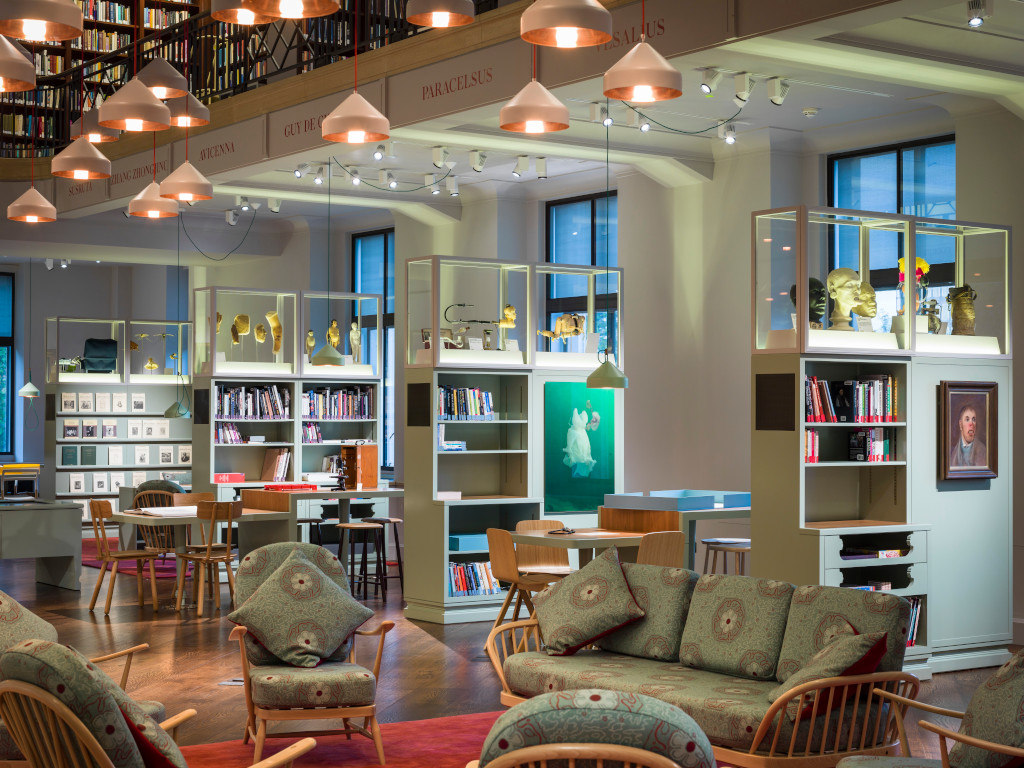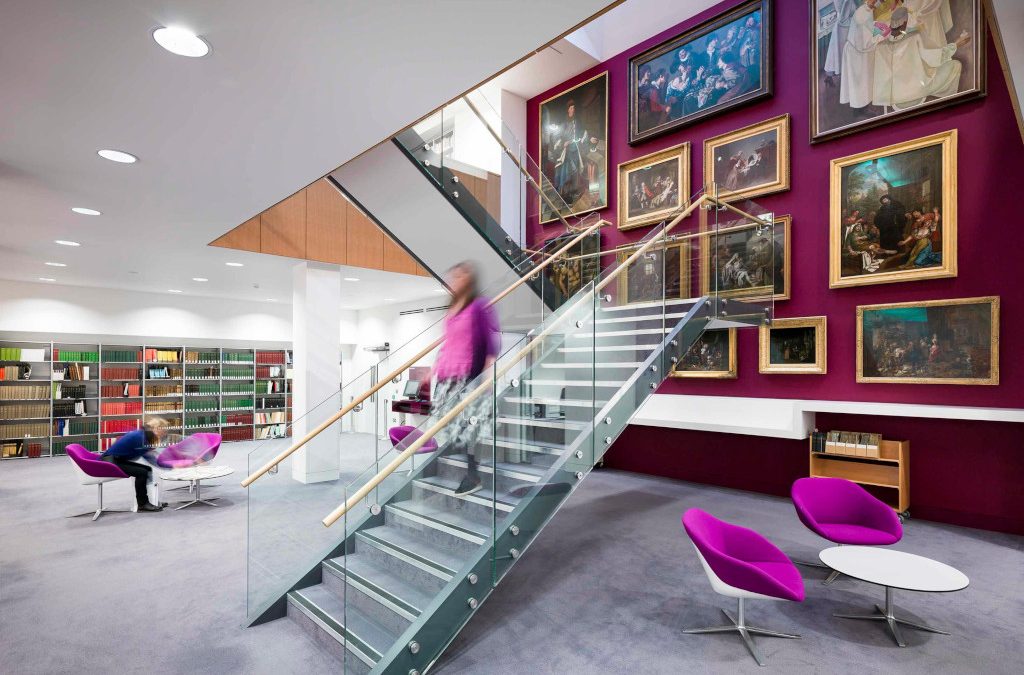Author Eleanor Ross provides her personal insight into London’s Museums and Galleries.
It’s easy to feel fatigued by London’s Museums and Galleries. They’re vast beast, packed with things that could take decades to explore. Big galleries, like the Victoria and Albert with its 2.3 million artefacts, spanning 5000 years, or the 150,000 artworks owned by the National Gallery, can feel like a project spanning many lifetimes.
The good news is that these massive institutions can be broken down into manageable projects, taking them from ‘daunting’ to ‘I never knew that about Korean architecture’. The even better news is there are countless small museums and galleries across the capital that you can spend time getting to know instead.

London’s Small Museums and Galleries
Many of London’s academic institutions have dusty collections that have been made into museums, which have such a high quality of artefacts and paraphernalia that they’d be major museums in any other city. The Petrie Museum of Egyptian Archeology is part of UCL’s Museums and Collections, and holds a staggering 80,000 artefacts from Sudan and Egypt. If you want Mummies, this is where you need to go (and you’ll be handed a torch on entry so you can peer right to the back of the glass cabinets).
Did you know, for instance, that London has a museum of dentistry where you can find dentures made out of walrus bone? And, if exploring other dental equipment is a must-do, then the Wellcome Collection has got you covered with Napoleon’s toothbrush?
Where else in the world can you see a jar of moles, a sample of a sewer fatberg, or a selection of tiny porcelain figures having sex in ceramic fruits?
The Wellcome is my favourite museum in London, predominantly for its exhibitions. Living With Buildings was a particular highlight, where curators flagged the impact of cities on public health. Exhibitions here go all-out, with moving archival footage, interactive displays, and (on occasion) scale, intricate models of sanitoria. On a recent visit I found a hospital bed used for treating Ebola patients during the recent crisis, something I’d never noticed before.
Where else in the world can you see a jar of moles, a sample of a sewer fatberg, or a selection of tiny porcelain figures having sex in ceramic fruits? London’s museums, that’s where.

London’s smaller museums, such as those that celebrate a niche part of life (e.g. The Old Operating Theatre at London Bridge) are special not just because they represent a smaller scale of life than the thrones and jewels of the Tower of London, but also because they tend to be staffed by passionate volunteers or part-time workers.
At the Brunel Museum, in London’s Rotherhithe, I was shown into the engine room, a cavernous deep single space accessed down a winding staircase, by an enthusiastic A-Level student who told me she was going to university to study engineering. Her insight into the structure helped it come alive, as she told me about the plight of the workers there, but also told me about the wedding venue it transformed into at weekends, which she loved helping to set up. “They have big discos down here. It’s really cool.”
London’s Museums and Galleries: Something for Everyone
London’s museum and gallery scene isn’t stagnating either. It might be easy for a city with the sheer number of museums London has to sit on its laurels and wave at the spoils of museums, but new museums are popping up all the time. The Black Archives in Brixton celebrates the histories of African and Caribbean people in London, while the East End Women’s Museums celebrates the voices of those most often written out of history.
Tiptoeing through the carpeted rooms, accompanied by ticking clocks that chime softly on the hour
If Turner and Van Gogh are more your style, then you know where to go. Galleries such as the Tate Britain and National Gallery are home to blockbuster names and shows. The Wallace Collection, a palatial mansion home just of Manchester Square in London, is like stepping into someone’s home, and you can peruse the Boucher’s and Ruben’s while tiptoeing through the carpeted rooms, accompanied by ticking clocks that chime softly on the hour. Another house transformed into a gallery is Leighton House, which looks like a classical Victorian pile on the side, but is all tiles, peacocks and Arabic-inspired architecture within.
Most private galleries will let you ring their doorbell and take a look around their collections. These are commercial galleries, so expect most of the work to have a price: see something you like and you’ll need deep pockets if you want to walk out the door with something. Spruth Magers, one of the world’s leading contemporary art galleries, and Pace, are two of the best commercial galleries to start in.
Whatever you want, whether you want to stand in awe of Ronnie Corbett’s spectacles, or experience the full majesty of a 500 year old ship, London’s museums and galleries have something for you.
Eleanor Ross is an author and journalist based in London. She is the author of two London guidebooks:
Outdoor London and London’s Museums and Galleries; the latter can can be purchased online here.
Main image: The Wellcome Library © Wellcome Collection.





